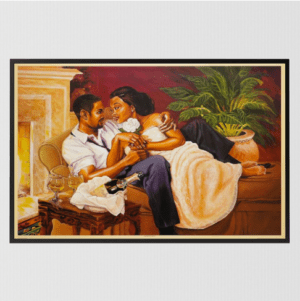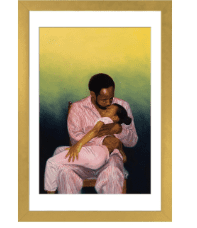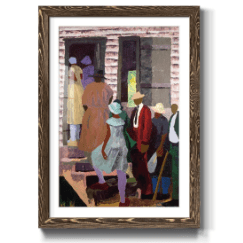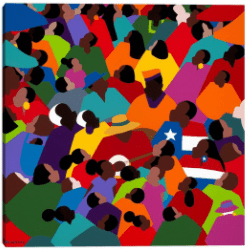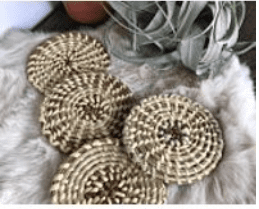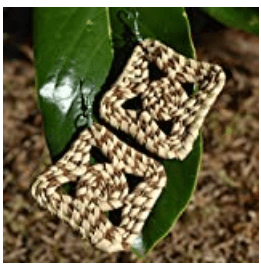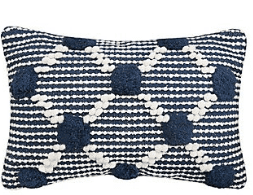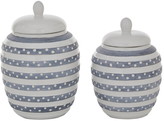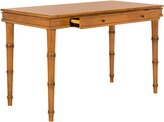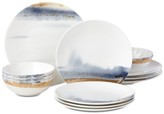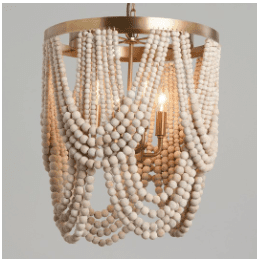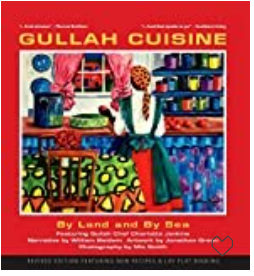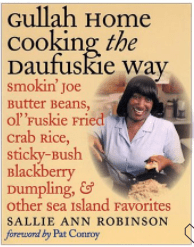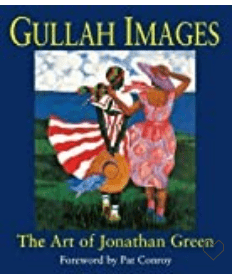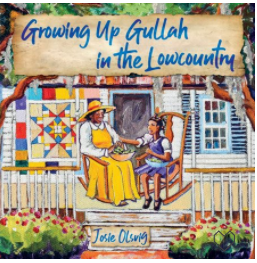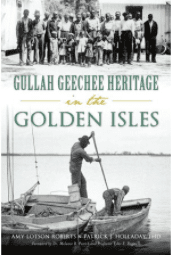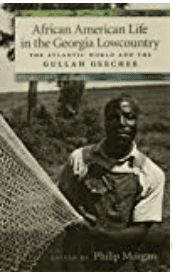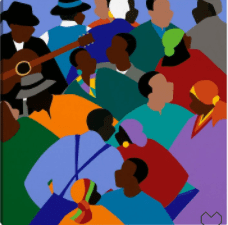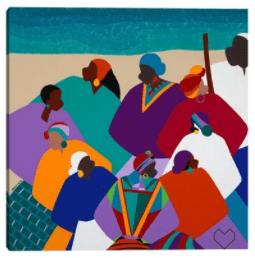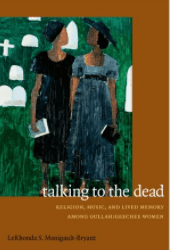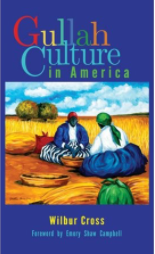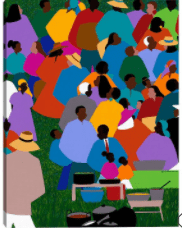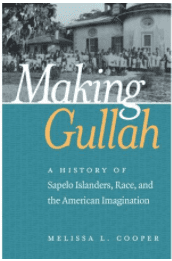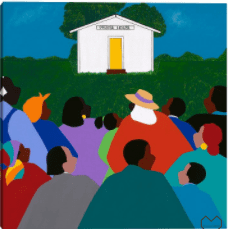
Throughout the American South and in the Northeast, chair caning was both a practical craft and art form that can be traced to ancient Africa and Egypt though found in other global antiquities. People who wanted to preserve their furniture or the cane seating (and backs) of their everyday chairs often paid local artisans to replace the woven areas made of wicker. Black chair caners could be found in almost every major city and in rural communities. Blind children and adults often worked as chair caners as a means of practicing a trade on plantations, post-Emancipation and during the earliest part of the 20th century. Where there was furniture for the wealthy and poor, there were chair (seat) caners close by.
An elderly man demonstrates chair caning to a group of Jeanes Supervisors in a church in Clayton, Barbour County, in this 1915 photo.Photo courtesy of the Alabama Department of Archives and History, Anna T. Jeanes Collection
With furniture-making being a signature industry in North Carolina, it makes perfectly good sense to have chair caners available to create and repair furniture. Black 4-H Clubs and other rural (and sometimes urban) initiatives taught young Black people to cane furniture as a form of light industrial training and as a way to support themselves financially. In most cases, chair caning and other craft arts supported the economic sustainability of rural Black communities.
Unknown, “African-American boy weaves seat caning onto a chair, Guilford County, North Carolina, September 1937,” The State of History, accessed January 28, 2023, https://soh.omeka.chass.ncsu.edu/items/show/30123.
Participants in the Asheville Summer School for Negro Teachers exhibiting caned chair seats as a part of “light industrial” training. [Digital NC, Heritage of Black Highlanders Exhibit, UNC Asheville]
Akin to basket-weaving, chair caning methods varied and were determined by the ornateness of a chair and a person’s desired style. The Silver River Center for Chair Caning in Asheville has a museum with a wall of chairs that demonstrate and explain the various techniques of caning.
Silver River Center’s owners: Dave Klingler and Brandy Clements in front of the Wall of Chairs
Though Silver River is the only known museum devoted to chair caning’s history and artisans, there are other museums around the country that feature caned chairs. Museums featuring Shaker furniture will have caned chairs in their collections.
North Carolina’s Thomas Day was a wealthy Black master craftsman and cabinet maker who used chair caning in some of his work, which can be found in museums in the state as well as around the country. The Smithsonian hosted an exhibit on loan to them from the North Carolina Museum of History. Of the work that has been authenticated as Day’s, the photo below is an example of how he employed chair caning.
Thomas Day, Set of Five Side Chairs
In a day and age, where most furniture is constructed and purchased for disposability, the workmanship of chair caning is something to behold. Maybe desired.
